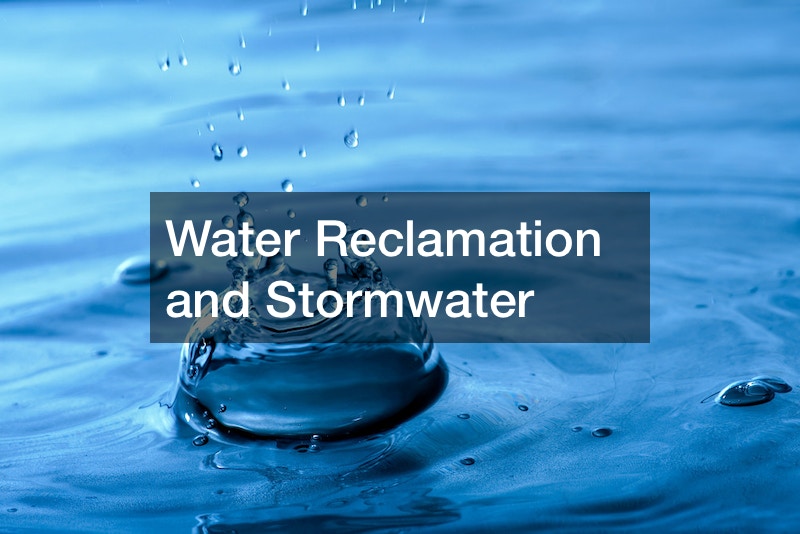
The increasing population and urbanization in cities cause several water management challenges, especially during rain and floods. This video explains where stormwater goes in such events. Urban stormwater management and water reclamation are essential parts of safeguarding cities. With all the streets and buildings in cities, there are impervious surfaces that prevent water infiltration.
Instead, the rainwater flows into and swells up creeks and rivers. Drainage provisions remain one of the most common solutions to take water away from buildings. These days, cities use municipal separate storm sewer systems (MS4s) – a network of curbs, ditches, gutters, sewer pipes, and outfalls dedicated only to moving runoff from the cities to natural waterways that take it away. Land developers are required to take responsibility for their increase in runoff with on-site storage for stormwater, like retention and detention ponds. Additionally, cities are attempting to replicate and recreate natural watershed functions within developed areas, referred to as low-impact development. Strategies like rain barrels, rooftop vegetation, and rain gardens, among others, help in creating a balance between the built environment and its hydrologic and ecological functions. Permeable pavement is also another low-impact strategy. Valuing the processes of natural watersheds, cities are going through a colossal shift in their views of rainfall and stormwater.




